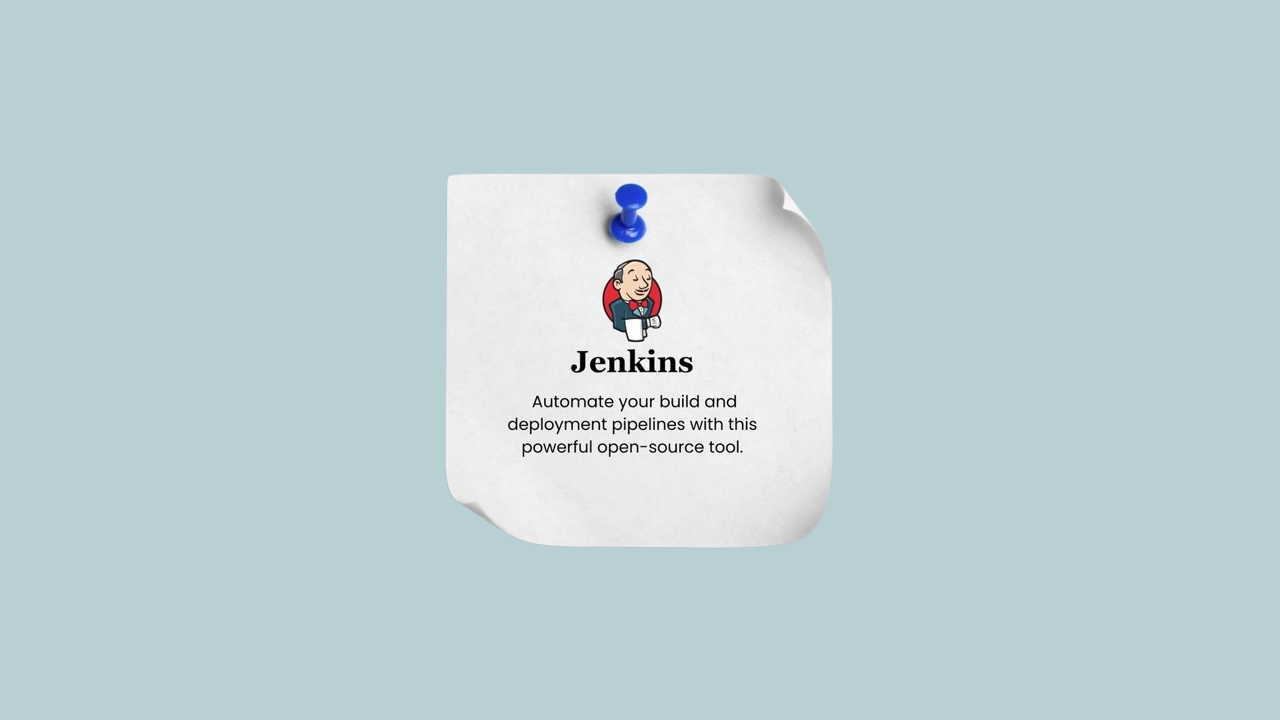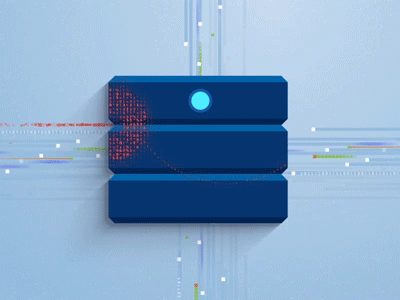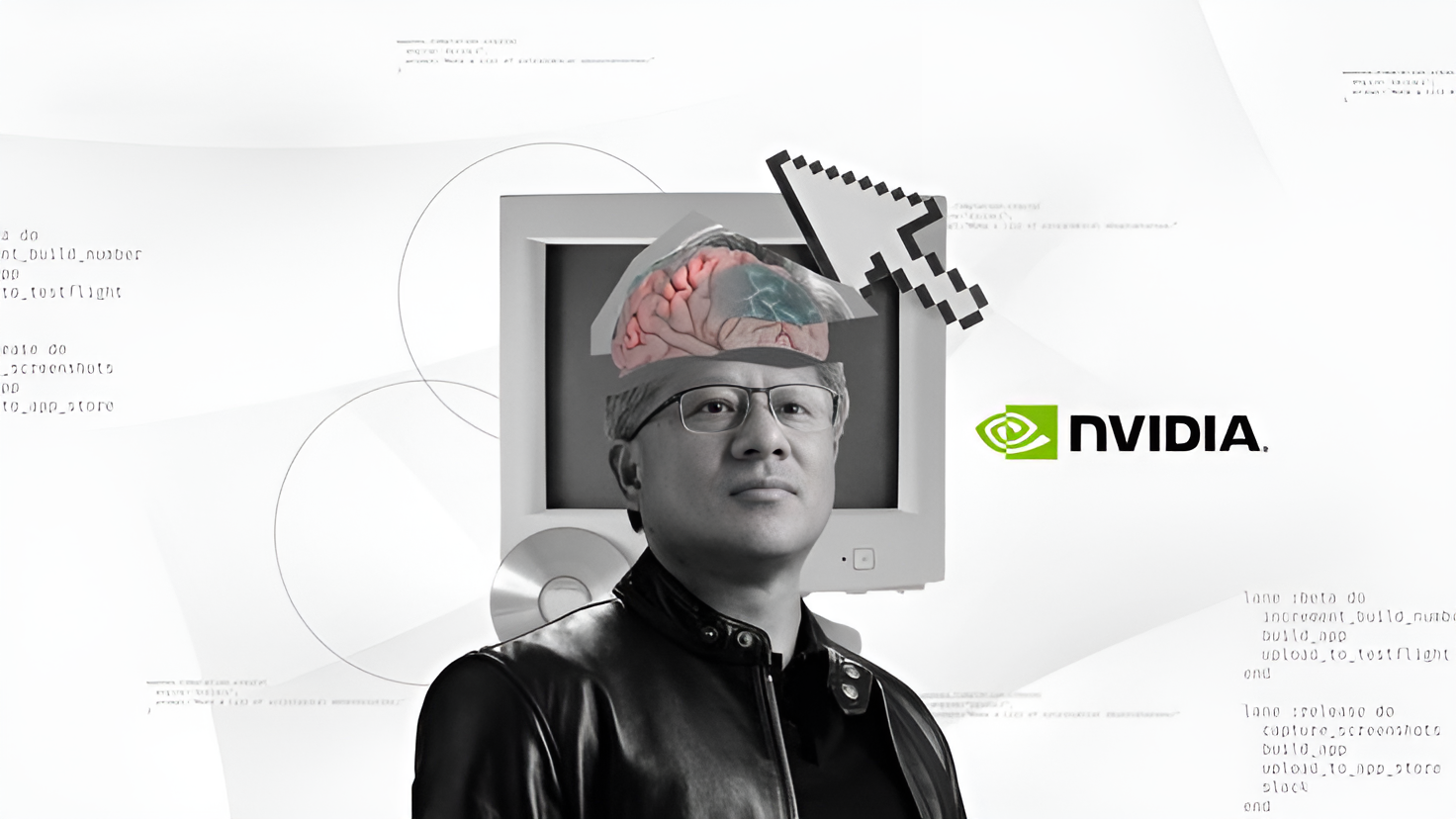The 2025 edition of the Stanford AI Index offers clear evidence: artificial intelligence systems are now surpassing human-level performance in a range of complex tasks. What began as narrow algorithmic improvements over the past decade has evolved into general-purpose capabilities with growing real-world applications.
This article reviews the current state of AI as visualized in the Stanford AI Index technical benchmarks chart, and outlines projections for what we might expect by 2030 based on existing trends.
1. Performance Snapshot: 2024
The Stanford AI Index chart presents eight technical benchmarks normalized against human performance (set to 100%). As of 2024, five of these have surpassed that baseline, while the others are rapidly closing in.
Benchmarks where AI has surpassed human-level performance:
- Image Classification (ImageNet Top-5)
AI systems have consistently improved in visual recognition and classification, reaching near-perfect top-5 accuracy over the past three years. - English Language Understanding (SuperGLUE)
Models have exceeded the human average by 2023, thanks to advancements in instruction tuning and transformer-based architectures. - Competition-level Mathematics (MATH)
One of the most notable jumps. Between 2021 and 2024, AI performance on high-difficulty math problems increased by more than 60 percentage points, surpassing the human average in 2023. - PhD-level Science Questions (GPQA Diamond)
AI systems now perform above the average of expert human participants on this benchmark. - Multimodal Understanding and Reasoning (MMMU)
Tasks combining image, text, and structured input show strong gains since 2022.
Benchmarks approaching human parity:
- Medium-level Reading Comprehension (SQuAD 2.0)
Models consistently score just below or slightly above the human baseline, with marginal gains year-over-year. - Visual Reasoning (VQA)
Visual question answering systems remain strong but have yet to consistently outperform humans. - Multitask Language Understanding (MMLU)
This benchmark, covering diverse topics from high school to professional exams, is improving steadily but hasn’t reached parity.
2. Trend-Based Forecast to 2030
Multimodal AI will lead progress
Given the steep upward curve in benchmarks like MMMU and GPQA, it’s likely that future models will emphasize cross-domain reasoning. These systems will be expected to synthesize information across formats—text, image, diagram, table—similar to human problem-solving.
AI systems will become scientific collaborators
If current momentum holds, AI will become a credible co-pilot in mathematical research, experimental design, and hypothesis generation. Tasks such as solving competition-level mathematics or interpreting scientific texts are no longer far from autonomous capability.
Language benchmarks may reach diminishing returns
Some benchmarks like SQuAD and VQA may exhibit performance plateaus. These tasks, already nearing saturation, may be replaced by more robust, real-world evaluations that test generalization and adaptation, rather than dataset-specific performance.
New benchmarks will emerge
Once models consistently outperform humans, performance-centric benchmarks lose relevance. Future metrics may emphasize:
- Robustness under distributional shift
- Fairness and bias
- Interpretability
- Alignment with human values
- Long-term reasoning
3. Conclusion
The Stanford AI Index has become more than an academic reference—it is now a leading indicator of where global AI development is headed. As we move toward 2030, AI performance will likely continue to grow beyond human levels in many areas. What remains to be addressed is how we define intelligence, what capabilities matter most, and how these systems are deployed in practice.
Preparing for this trajectory requires not only better models, but better frameworks for evaluating and governing them.




















Discussion